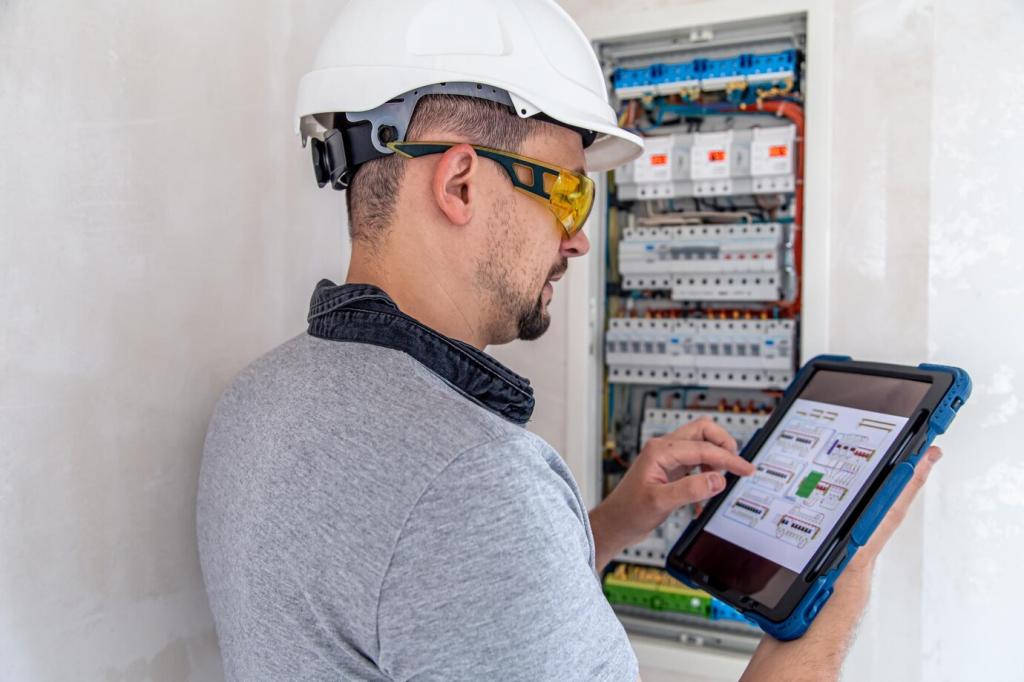Architecting Reliable ADAS: Integration Realities
Balancing cameras, radar, and lidar means navigating occlusion, sun glare, rain clutter, and cost targets while safeguarding latency budgets. Teams who document assumptions, align on frame rates, and validate calibration drift over time build fusion that degrades gracefully instead of failing silently.
Architecting Reliable ADAS: Integration Realities
High-resolution perception and redundancy are hungry; thermal headroom and power transients can break real-time guarantees. Thoughtful pipeline pruning, quantization, and hardware accelerators help, but early cross-functional reviews prevent surprises that otherwise surface painfully during summer soak tests.






